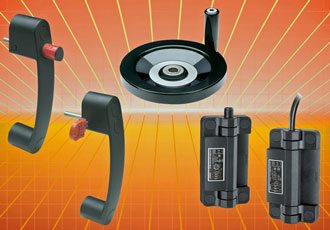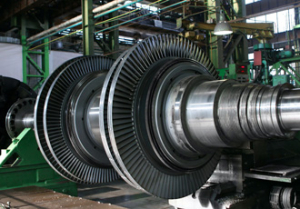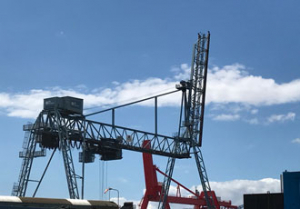Taking a look at machine safety components

In the area of standard industrial components, Elesa have an extensive portfolio of safety related items. Major concerns over machine cut-off related to opening of control cabinets, guarding barriers or service panels are addressed by products such as the CFSW plastic hinges with built-in multiple switch – this enables electrical shut-off of equipment where the door/panel is opened where for example use of a handle based mechanism is not desirable.
The CFSW is double insulated and approved by IMQ CA02.04800 in compliance with EN 60947-1/2007 + EN 60947-5-1:2004 + A1/2009. Low voltage control auxiliaries. Approved by UL: E360222.l. It is available with different combinations of contacts with positive opening (2NO+2NC, 1NO+3NC). These robust units are tested to a B10d value of 2,000,000, are totally tamper-proof, and may be quickly and easily installed. The CFSW integrated cut-off hinge provides a simple, reliable and elegant solution to this personnel or equipment safety issue.
In other situations the Elesa EBR-CH bridge pull handle with integral lock offers a simple way of latching sliding doors with key lock without the need for installation of separate lock and grab handle – another simple, reliable and elegant solution as we have come to expect from this premium manufacturer.
A long recognised area of safety concern is that of shaft mounted revolving handwheels for machines. In this case the Elesa solid handwheel VD.FI+I+ST provides the assurance of a free spinning de-clutched mechanism until the operator pulls the handwheel to engage drive. Safety handwheels are designed in accordance with accident prevention rules: in case of push or accidental pressure when the machine is operating, the handwheel is disengaged and is in the rest position. Only by "Pulling" the handwheel parallel to the axis can the shaft operate: the two toothed elements inside the bushing fit into each other in order to couple the handwheel to the shaft. The handwheel returns automatically to its rest position when it is released after the operation.
These handwheels can be supplied with ‘Push-coupling’. By inserting the bushing the other way round, the handwheel operates opposite to the standard way.
Similar articles
More from Elesa (UK) Ltd
- Sensors enhance visual flow indicators 5th February 2024
- Elesa at Southern Manufacturing 2020 14th January 2020
- Ergonomic designs for detailed products 9th October 2019
- Rack and spur gear transmission elements for mechanical resistance 12th August 2019

-(1)ed.jpg)










Write a comment
No comments